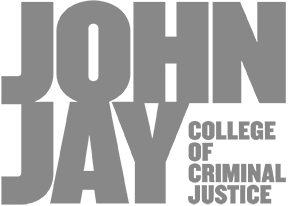The gossamer quilts of Chappaqua, NY, artist Linda Freeman are both visually lyrical and creatively radical, and they reflect the multifaceted nature of the artist who conceived them. Freeman’s Angel quilts, for example, are at once poetic (as brilliantly pigmented confections of Rococo putti and verdure) and artistically innovative in their fusion of painting and quiltmaking, fine art and craft, organic figural form and geometric strip piece construction. As a quiltmaker, filmmaker, painter, and poet, Freeman excels in a broad range of creative genres and this eclecticism is evident in both her innovative methods and her professional achievements. Renowned for her many award-winning monographic documentaries on 20th and 21st century artists, Freeman’s work as a filmmaker reflects the depth of her interest and insights into the creative process. Her well-scored and finely edited films offer to an extensive audience rare footage of artists at work while discussing, in their own words, their philosophies and art-making techniques. These films point to Freeman’s grasp of the nexus of words and images as two forms of language that can be mutually enriching. It is not surprising, therefore, that a number of Freeman’s quilts compose her own elegiac prose.
Freeman has an impressive record of arts education and professional achievements, including study at the Tyler School of Fine Arts, the New York University Film School, the Art Students League and The New School. She has lectured, curated, exhibited, and screened her artist films at such renowned institutions as the Metropolitan Museum of Art, the Museum of Modern Art, the New Museum of Contemporary Art, the Whitney Museum, the Guggenheim, the Philadelphia Museum of Art, and the Salle Clemenceau Palais in Paris. Freeman’s vast training and experiences infuse her work, which invariably offers viewers a fascinating dichotomy of technical and aesthetic excellence, and of visual lyricism and narrative depth. These contradictory undercurrents of imagery and iconography occur not only in text-based works such as The World Was, but in the Angel quilts as well, which are inspired by, and embody, Freeman’s experience of the loss of her immediate family, the last of whom (her mother) died in 2003. Indeed, the use of apparent charm to veil (if only fleetingly) the deeper, more poignant substance of her works has become a touchstone of Freeman’s aesthetic, and is likewise, in many ways, a hallmark of her own very recondite personality.
